Hearing Tests
Learning about your child’s tests
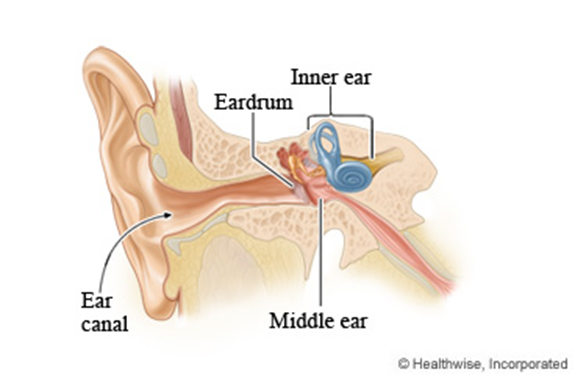
What are they?
Hearing tests check how well your child hears. There are different types of hearing tests. The tests are used to identify the type and degree of hearing loss your child may have.
Your audiologist (hearing specialist) may use one or more tests, depending on your child's age and the hearing concern.
Why are these tests done?
Hearing tests are done to make sure that your child can hear sounds clearly to develop language and learn.
In Alberta, all infants have their hearing checked (screened) when they are born. At other times, a child may have a hearing test because you, a doctor, or a teacher have concerns about your child’s hearing.
Hearing loss can occur at any time in a child’s life. If you have concerns about your child’s hearing, even if they had a normal hearing test in the past, it is important to ask for a hearing test.
How to prepare for the appointment?
- Hearing test appointments can take between 30 minutes and 3 hours, depending on your child’s age and the type of hearing test. Most appointments take less than 1 hour.
- Children younger than 6 months are typically tested while they are asleep. You will be given specific instructions when you book your appointment.
- For children older than 6 months, you can prepare your child by telling them that they will be playing ear games and listening games that will be fun and won’t hurt.
- If your child has sensory needs or other special needs, tell the audiologist in advance so that they can make accommodations.
- You will be with your child during the entire appointment.
Learn more about what to expect at your child’s hearing test appointment (video).
How are the tests done?
Before starting any hearing or ear tests, the audiologist will ask questions about your child’s health and development. They will also ask what your concerns are about your child’s hearing. The audiologist will look in your child's ear canals to see the ear canal and the eardrum.
Tympanometry
This test checks the health of the middle ear, including how the eardrum moves. A small, soft ear probe is placed into your child’s ear and puffs a bit of air into the ear canal. Your child may feel a slight pressure sensation. This test is used with children of all ages. It takes less than 10 seconds for each ear when a child is sitting quietly.
Otoacoustic emissions (OAE) testing
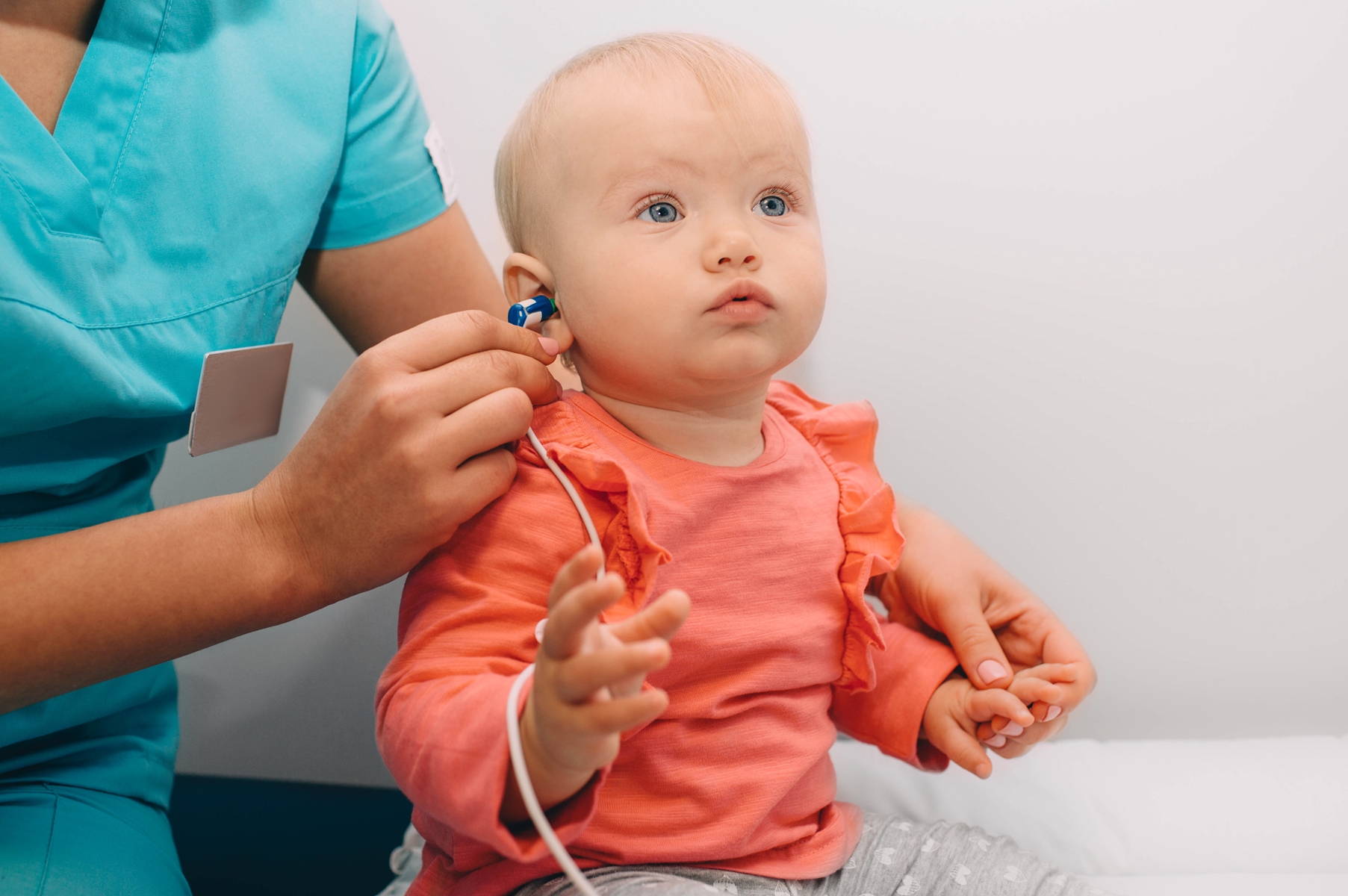
This test checks to see how well a part of the inner ear called the cochlea is working. In response to sound, the cochlea creates something called an otoacoustic emission.
For this test, a small, soft ear probe is placed in your child’s ear. It plays quiet sounds. A computer measures how the ear responds to the sounds. This test is used for children of all ages and takes about 1 minute for each ear when a child is sitting quietly and the room is quiet.
Visual reinforcement audiometry (VRA)
This test is used to check the hearing of children between the ages of 5 months and 3 years. You and your child will sit in a special room called a sound booth. Your child will sit on your lap and listen to soft sounds. The sounds are played through speakers or earphones.
The audiologist will play a sound and look for your child to respond to the sound by turning their head. Each time your child responds to a sound, the audiologist will light up a toy or video screen to keep your child interested in listening to the sounds.
Watch a short demonstration of VRA (video) to learn more.
Play audiometry
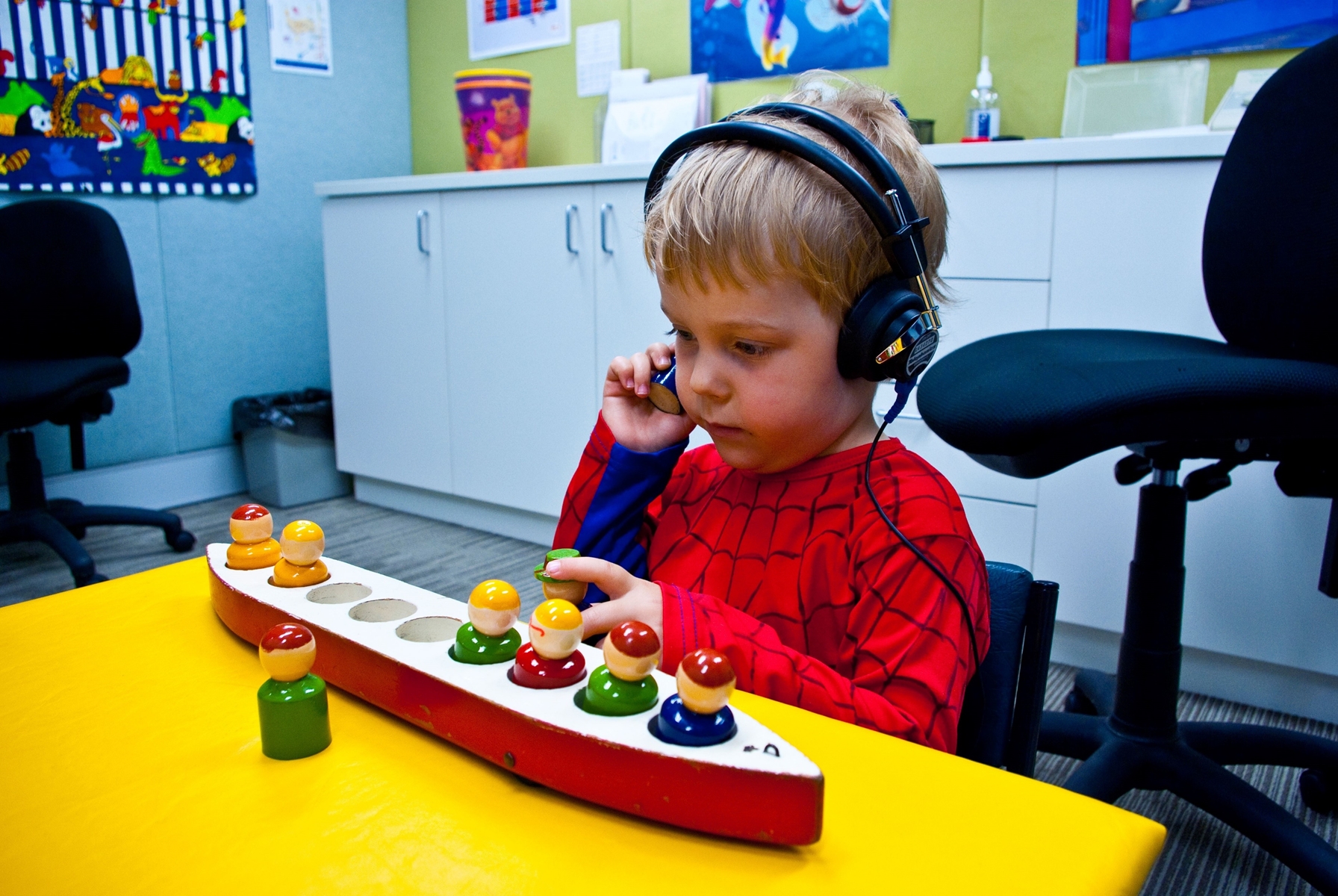
This test is used to check the hearing of children between the ages of 2.5 and 6 years. You and your child will sit in a special room called a sound booth. Your child will wear earphones while playing a listening game with toys. Your child will listen to soft sounds through the earphones. Every time they hear a sound, they will be asked to do a simple play task, like place a peg in a pegboard. The audiologist will play many soft sounds at different pitches to determine what sounds your child hears.
Watch a short demonstration of play audiometry (video) to learn more.
Standard pure tone audiometry

This is a hearing test used with children who are 4 years and older. The test is done in a sound booth. Your child will wear earphones and will either raise their hand or push a button to show when they hear the sound that the audiologist is playing. The audiologist will play many soft sounds at different pitches to determine what sounds your child hears.
Speech reception and word recognition tests
In these tests, your child hears a series of simple words like “playground” or “ice cream” through earphones. Your child will be asked to either point to pictures of the words or repeat the words they heard. The audiologist is testing to find the softest level at which your child can hear the words correctly.
Auditory brainstem response (ABR) testing
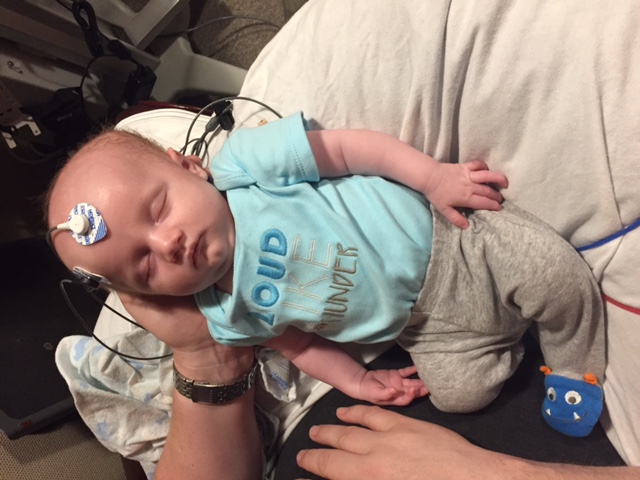
This test checks how well the nerve for hearing is working. Small sensors are placed on your child’s forehead and behind each ear. Sounds are played through earphones. When the ear hears the sound, the sensors record the response of the hearing nerve. This response is called an auditory brainstem response. The test can take between 1 and 3 hours. Your child needs to be asleep for this test.
What happens after the test?
After the testing is done, the audiologist will review the results with you, answer your questions, and give recommendations based on the test results.
Follow-up care is a key part of your child's treatment and safety. Be sure to make and go to all appointments and call your doctor or nurse advice line (811 in most provinces and territories) if your child is having problems. It's also a good idea to keep a list of the medicines your child takes.
To see this information online and learn more, visit https://myhealth.alberta.ca/health/aftercareinformation/pages/conditions.aspx?hwid=custom.ab_hearing_tests_child_inst.
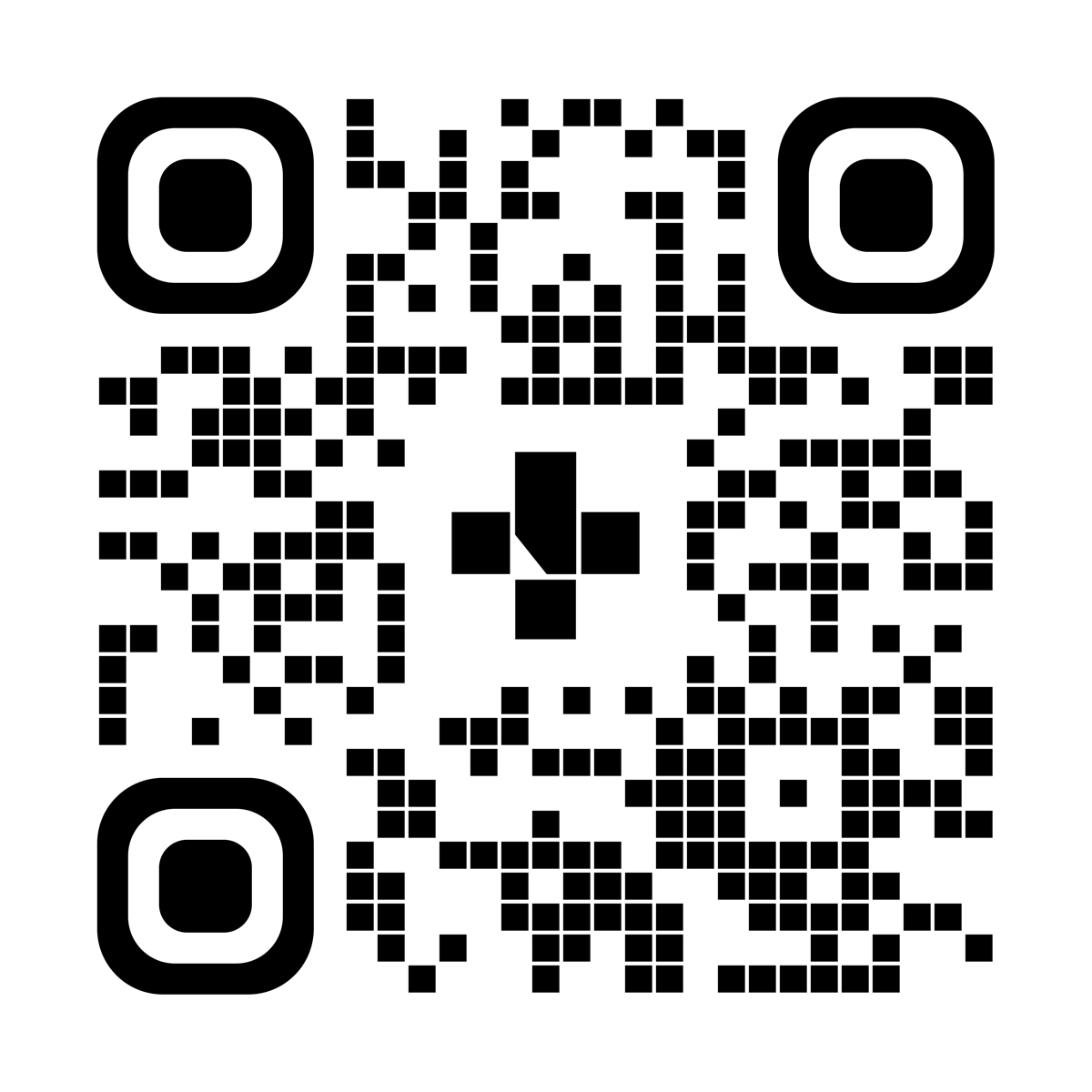
For 24/7 nurse advice and general health information call Health Link at 811.
Current as of: January 26, 2023
Author: Provincial Audiology Professional Practice, Alberta Health Services
This material is not a substitute for the advice of a qualified health professional. This material is intended for general information only and is provided on an "as is", "where is" basis. Although reasonable efforts were made to confirm the accuracy of the information, Alberta Health Services does not make any representation or warranty, express, implied or statutory, as to the accuracy, reliability, completeness, applicability or fitness for a particular purpose of such information. Alberta Health Services expressly disclaims all liability for the use of these materials, and for any claims, actions, demands or suits arising from such use.
